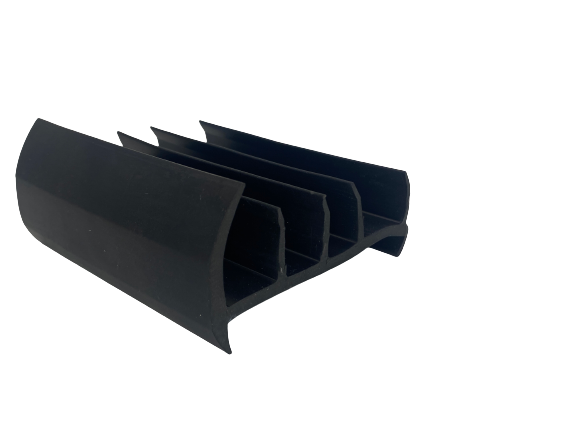Nov . 17, 2024 05:13 Back to list
garage door weather stripping bottom
Understanding Garage Door Weather Stripping The Importance of Bottom Weather Stripping
When it comes to maintaining a comfortable and energy-efficient home, often overlooked components can make a significant difference. One such component is the weather stripping at the bottom of your garage door. This seemingly simple addition plays a crucial role in protecting your garage and home from the elements, pests, and energy loss. In this article, we’ll explore the importance of garage door weather stripping, especially at the bottom, and how to choose and install the right type for your needs.
Why Weather Stripping is Essential
Garage doors are large openings that can account for substantial energy loss if not properly sealed. Without effective weather stripping, air can flow in and out, causing your heating and cooling systems to work harder than necessary. This inefficiency can lead to higher energy bills and an uncomfortable environment in your garage or adjacent rooms.
Moreover, a well-sealed garage can prevent water from seeping in during heavy rains or snowmelt. Water intrusion can lead to various problems, including mold growth, rust, and damage to stored items within your garage. Additionally, a properly sealed garage can deter unwanted pests, such as rodents and insects, which can easily find their way inside if gaps exist.
Types of Garage Door Weather Stripping
When selecting weather stripping for the bottom of your garage door, it's important to consider the different types available
1. Rubber Weather Stripping This is the most common option and is known for its durability and flexibility. Rubber can withstand various weather conditions and provide a solid seal that keeps out air and moisture.
2. Vinyl Weather Stripping Vinyl is generally less expensive than rubber, but it may not be as long-lasting. It's a good option for those on a budget, though it might need to be replaced more frequently.
3. Polyurethane Weather Stripping This is a more premium option that offers excellent insulation properties. It's designed to handle extreme temperatures and can provide superior energy efficiency.
4. Brush Weather Stripping This type features bristles that can conform to the surface of the garage door. It is especially effective at blocking drafts but may not be as effective at keeping out water.
garage door weather stripping bottom

Installing Garage Door Bottom Weather Stripping
If you've decided that your garage door is in need of weather stripping, the installation process is relatively straightforward. Here’s how to do it
1. Measure Your Door Begin by measuring the width of your garage door to determine how much weather stripping you’ll need. Most weather stripping typically comes in rolls that can be cut to size.
2. Remove Old Weather Stripping If there is old weather stripping in place, carefully remove it. It may be stuck on with adhesive or secured with nails, so take your time to avoid damaging the garage door.
3. Clean the Surface Once the old weather stripping is removed, clean the surface where the new strip will adhere. A clean surface ensures the adhesive sticks properly and creates a good seal.
4. Cut to Size Cut the new weather stripping to match the width of your garage door. Make sure to have any necessary tools on hand, such as scissors or a utility knife.
5. Install the New Stripping Follow the manufacturer’s instructions for installation. Most weather stripping will require some form of adhesive or will be attached via a groove in the door. Ensure that it creates a tight seal when the door closes.
6. Test for Gaps After installation, close the garage door and inspect for any gaps where air or water might seep through. Adjust as necessary to ensure a snug fit.
Conclusion
In conclusion, garage door bottom weather stripping is a critical element in maintaining the efficiency and comfort of your home. It protects against drafts, water intrusion, and pests, ultimately saving you money on energy costs and preventing potential damage. By choosing the right type of weather stripping and properly installing it, you can significantly improve your garage's environment. Regular checks and replacements will ensure that your garage door remains sealed and functional for years to come. So, don’t overlook this simple yet vital aspect of home maintenance!




